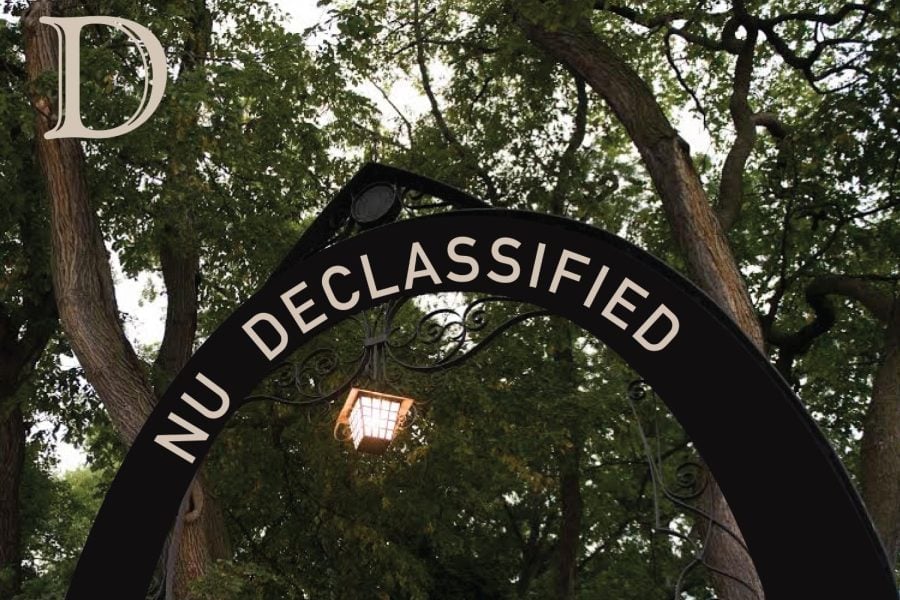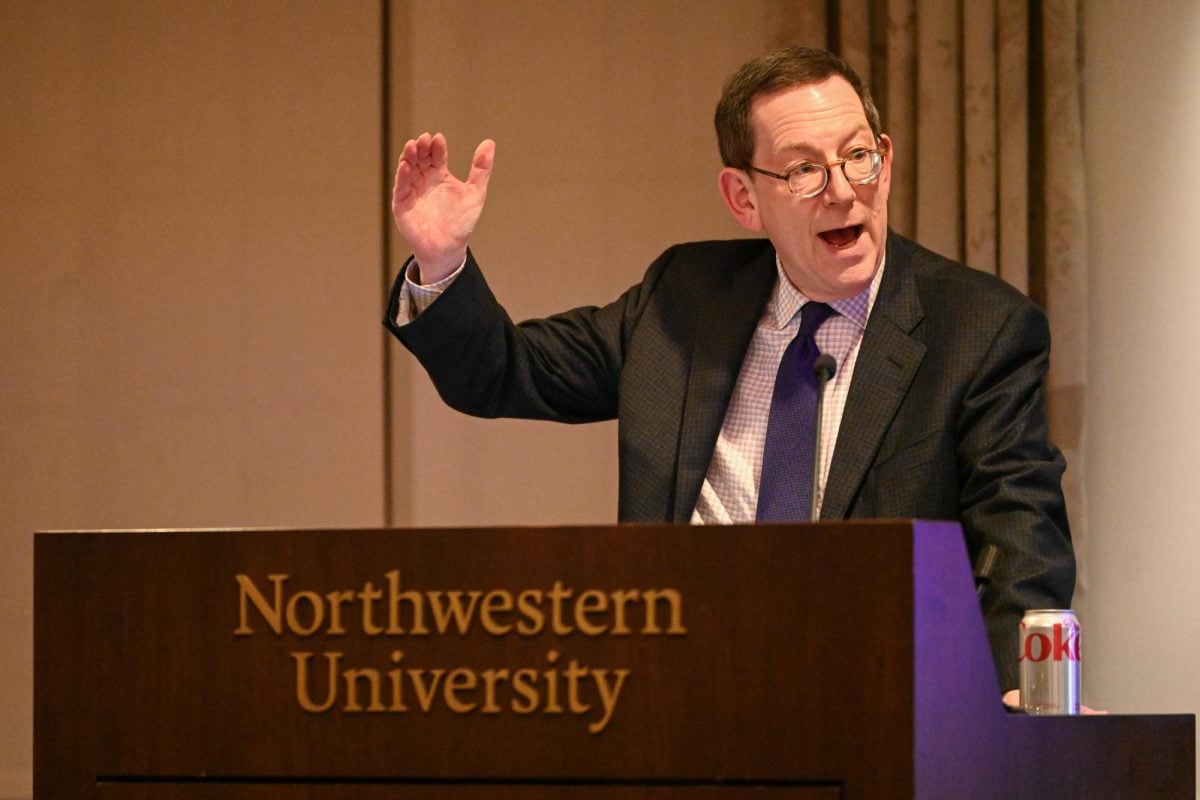Former Northwestern physics Prof. Bruno Gobbi passed away earlier this month. He was 77.
A leading researcher in elementary particle physics, Gobbi came to NU in 1972 and taught for 37 years. He died Feb. 7 and his funeral was held Feb. 11 at Alice Millar Vail Chapel. Former students and colleagues from across the world attended a memorial service earlier that day.
Gobbi’s work primarily focused on high-energy physics, which deals with the interactions of particles on the smallest levels. Working at the Fermi National Accelerator Laboratory, known as Fermilab, and the European Organization for Nuclear Research (CERN), Gobbi conducted much of his research in subatomic particle detection.
Gobbi contributed to the creation of a forward pixel detector used in an experiment at CERN, a device that aided in the discovery last year of what scientists believe is the Higgs Boson, a particle thought to be responsible for all mass in the universe. In 1994, Gobbi led a team at Fermilab to make the important discovery of a subatomic particle called the top quark. This discovery helped theoretical physicists around the world understand more about the composition of protons, electrons and neutrons.
“The top quark is the heaviest of the quarks, and it was the last quark to be discovered,” said NU physics Prof. Arthur Schmidt. “The detectors that he developed were actually assembled here at Northwestern.”
Born April 13, 1935 in Switzerland, Gobbi received his doctoral degree from the Swiss Federal Institute of Technology in 1963. He retired from NU in 2009, but kept up with his research in the lab until last summer.
Gobbi is survived by his wife, Elizabeth “Lisa” Gobbi nee Kent and his two daughters, Maria and Serena.
“He had a tremendous work ethic and he spent a lot of time in the department working with the graduate students on research experiments,” Schmidt said. “But he also was a great family man.”
— Daniel Schlessinger












